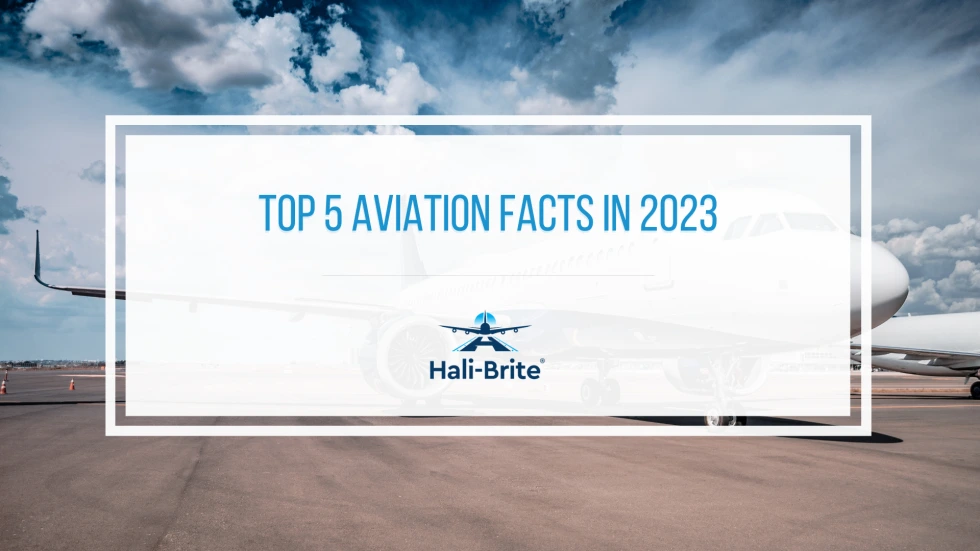Aviation has revolutionized transportation around the world. By greatly reducing the time and effort necessary to travel, aviation has made it possible for people to conveniently explore new places, visit family and friends from other countries, and even do business.
However, although air travel has become increasingly frequent in recent decades, there are many aspects of aviation that we still don’t know about. From safety regulations to aircraft design and construction, a better understanding of how the aircraft works might help us feel more at ease during air travel.
Here are five interesting facts about aircraft and aviation that you probably didn’t know:
- 1. Aircraft Can Withstand Lightning Strikes
- 2. Aircraft Tires Can Handle Extremely Heavy Loads
- 3. Airplane Mode In Smartphones Helps Prevent Radio-Signal Interference
- 4. Aircraft Can Safely Fly Even When One Engine Fails
- 5. The Tiny Hole In the Airplane Window Keeps You Safe
1. Aircraft Can Withstand Lightning Strikes
Lightning strikes during flights can be scary, but it’s nothing to worry about. The exterior part of an aircraft is made of aluminum, a good conductor of electricity, which keeps the lightning discharge at the outer surface and prevents it from reaching the inside.
The last recorded aircraft accident caused by lighting strikes was in 1967, which resulted in a fuel tank explosion. From then on, lightning protective measures have been developed. Nowadays, modern commercial aircraft must comply with the lightning protection standards set by the FAA to ensure safety in flight operations.
2. Aircraft Tires Can Handle Extremely Heavy Loads
Aircraft tires rarely blow out. They are designed to withstand a massive amount of weight. In fact, a single aircraft tire can carry a load of up to 38 tons of weight and can hit the ground 500 times before needing to replace the tread. Moreover, aircraft tires are inflated to 200 psi, about six times the amount of pressure automobile tires typically have.
However, aircraft tires are not entirely immune to malfunctions. Under-inflated tires or excessive weight loads can cause aircraft tire failures, which may result in runway excursions. That’s why regular aircraft tire maintenance is required to ensure that tire inflation pressure is always within the standard pressure range.
3. Airplane Mode In Smartphones Helps Prevent Radio-Signal Interference
Back then, the FAA banned the use of mobile phones and other gadgets during flights. These electronic devices emit radio signals that might interfere with aircraft navigation and communication systems, potentially causing an accident.
Later on, though, it became acceptable to use mobile devices, so long as they were switched to airplane mode. Airplane mode is a smartphone feature that temporarily disables the signals, preventing radio signal interference. When airplane mode is turned on, you cannot make or receive phone calls or text messages. But other than this, all other phone features remain functional.
4. Aircraft Can Safely Fly Even When One Engine Fails
Though the chances are slim, it is still possible for an aircraft engine to fail in the middle of the flight. The scenario might sound scary, especially if you are one of the passengers, but in reality, losing an engine may not be considered a serious threat.
Modern commercial aircraft are powered by two engines. In the event of an engine malfunction, a two-engine plane, or a twinjet, can still navigate safely even with only one engine. The remaining engine will increase its thrust to maintain the speed while the pilot maneuvers the aircraft to prevent it from tilting. The pilot and the rest of the flight crew are usually trained to handle such emergencies.
Although an aircraft that has lost one of its engines is still able to navigate, the flight duration is significantly reduced, which is indicated by its extended twin-engine operations rating (ETOPS) certification. As a standard protocol, the aircraft must perform a safe emergency landing at the nearest airport.
5. The Tiny Hole In the Airplane Window Keeps You Safe
While enjoying the delightful view from your window seat during a flight, you might have noticed a tiny hole in the airplane window next to you. Don’t be alarmed. That little hole won’t cause you any harm. In fact, it is there to keep you safe.
As the aircraft reaches a higher altitude, the air pressure in the atmosphere decreases. However, the air pressure inside the plane is maintained at a comfortable level, higher than the pressure outside. This air pressure difference causes significant strain on the airplane windows.
Airplane windows have three panes. The tiny holes in the airplane windows, known as bleed holes, are located in the middle pane. The bleed hole allows the pressurized air from the cabin to reach the outer pane, thereby regulating the pressure and reducing the strain on the inner and middle panes.
Check out Hali-Brite’s Blog for more interesting and informative blog posts on aviation and airport safety.


